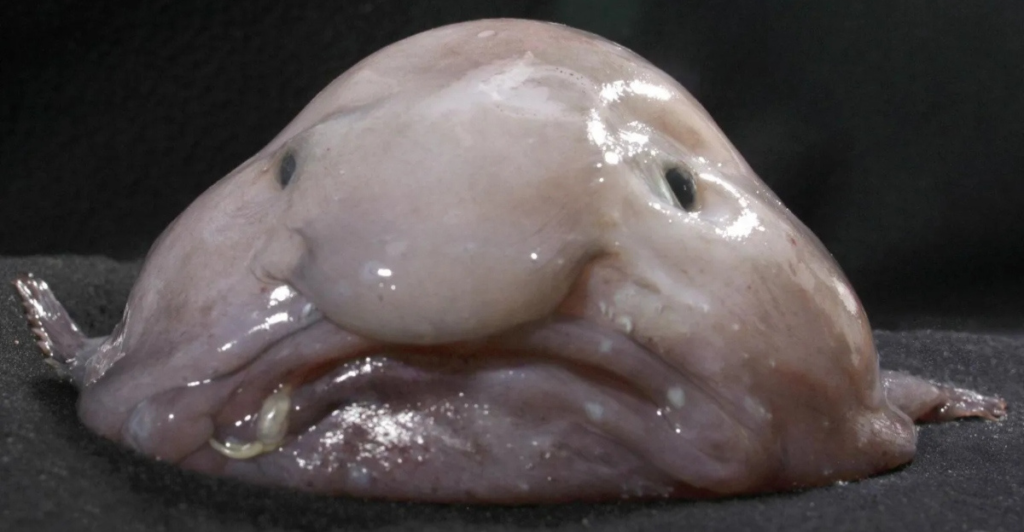
The blobfish (Psychrolutes Marcus) gained international notoriety in 2013 when it was voted the world’s ugliest animal by the Ugly Animal Preservation Society, aiming to highlight endangered yet aesthetically challenged creatures.
This deep-sea dweller, native to southeastern Australia and Tasmania waters, resides at depths between 2,000 and 4,000 feet, where the pressure is over 60 times that at sea level. Its gelatinous body, slightly less dense than water, allows it to float just above the ocean floor with minimal energy expenditure.
Despite its unflattering title, the blobfish has recently experienced a reversal of fortune. It was named New Zealand’s Fish of the Year in 2025, reflecting a growing appreciation for its unique role in marine ecosystems.
Habitat: Thriving in the Deep Sea
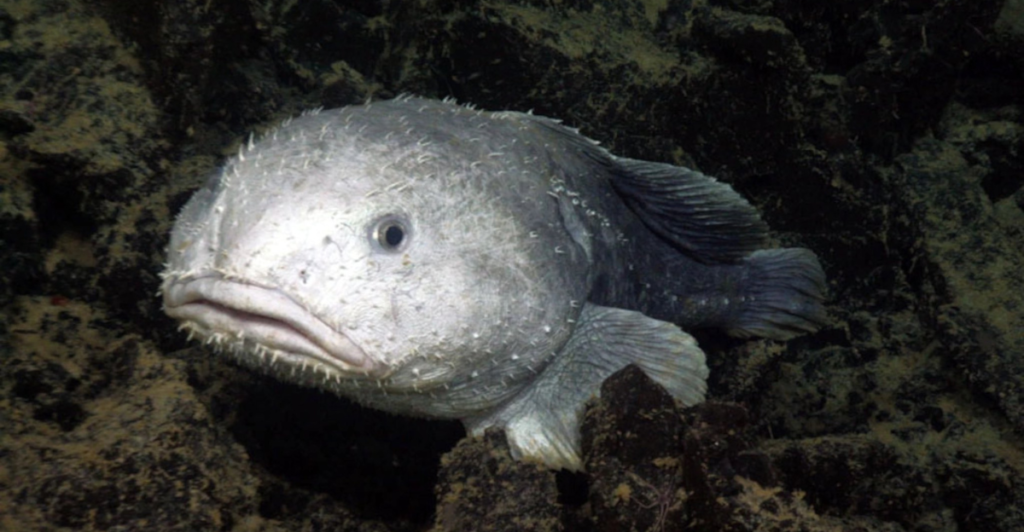
Blobfish inhabit the deep-sea regions off Australia, Tasmania, and New Zealand coasts. They are typically found at depths ranging from 2,000 to 4,000 feet within the mesopelagic to bathypelagic zones of the ocean.
These zones are characterized by complete darkness, cold temperatures, and immense water pressure, creating a challenging environment for most marine life. The blobfish’s unique physiological adaptations enable it to survive and thrive under extreme conditions.
Physical Characteristics: Adaptations to Extreme Pressure
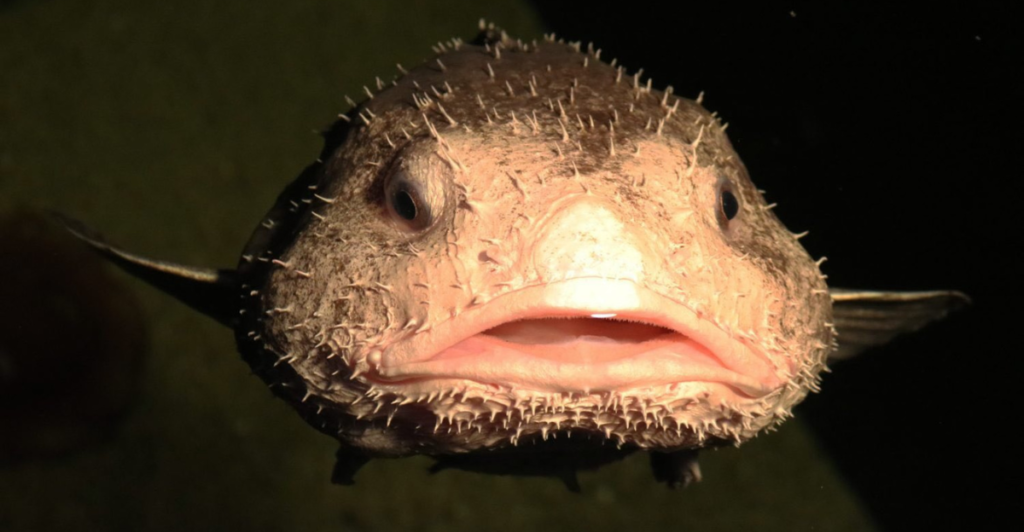
The blobfish’s most notable feature is its gelatinous, flabby body, which lacks a complete skeleton and extensive musculature. This composition allows it to withstand the intense pressure of its deep-sea habitat without being crushed.
Unlike many fish, blobfish do not have a swim bladder; their body density is slightly less than water, enabling them to float effortlessly above the sea floor. Their appearance, often described as “blobby,” directly results from these adaptations, which are essential for survival in their high-pressure environment.
Diet: The Life of a Bottom Feeder
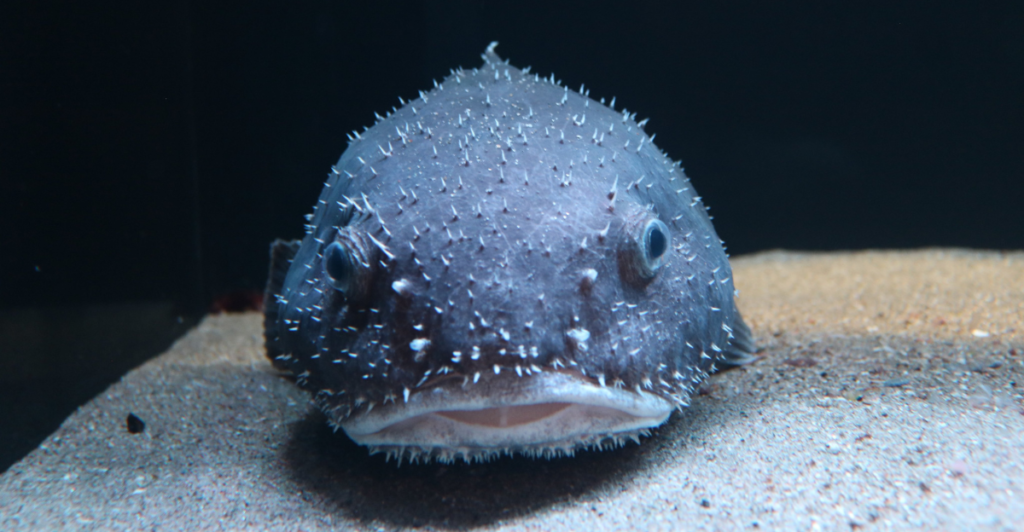
Blobfish are opportunistic feeders, primarily consuming small crustaceans and other edible matter that drift into their vicinity. Lacking significant muscle mass, they are not active hunters; instead, they rely on their ability to float just above the ocean floor, passively ingesting food as it comes their way.
This feeding strategy conserves energy, which is crucial given the scarce food resources in the deep-sea environment.
Reproduction: A Mystery in the Depths
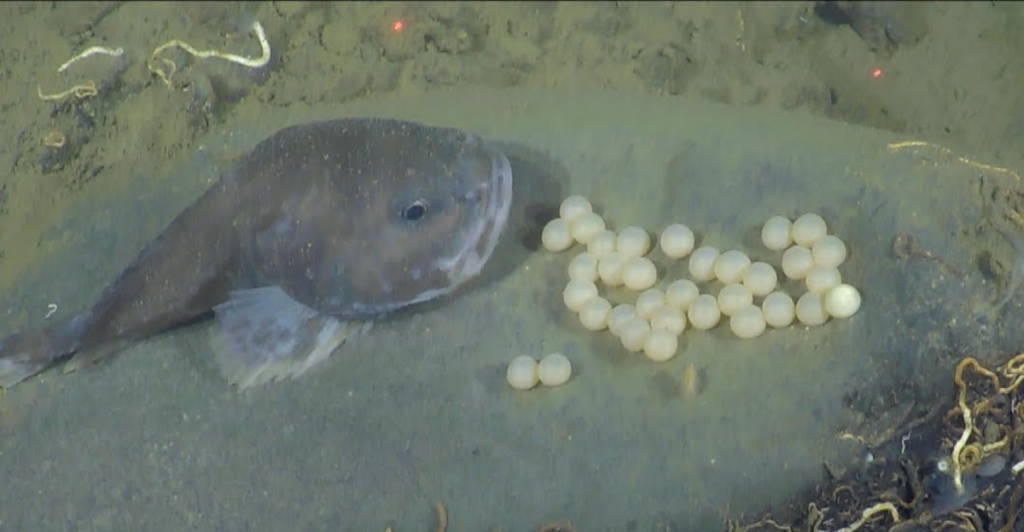
Little is known about blobfish reproductive habits due to the inaccessibility of their deep-sea habitat. Observations suggest that females lay clusters of eggs on the ocean floor, which they may guard until hatching.
The specifics of their mating behaviors, gestation periods, and juvenile development remain subjects for future research, highlighting the many mysteries surrounding this enigmatic species.
Conservation Status: Uncertain but Concerning
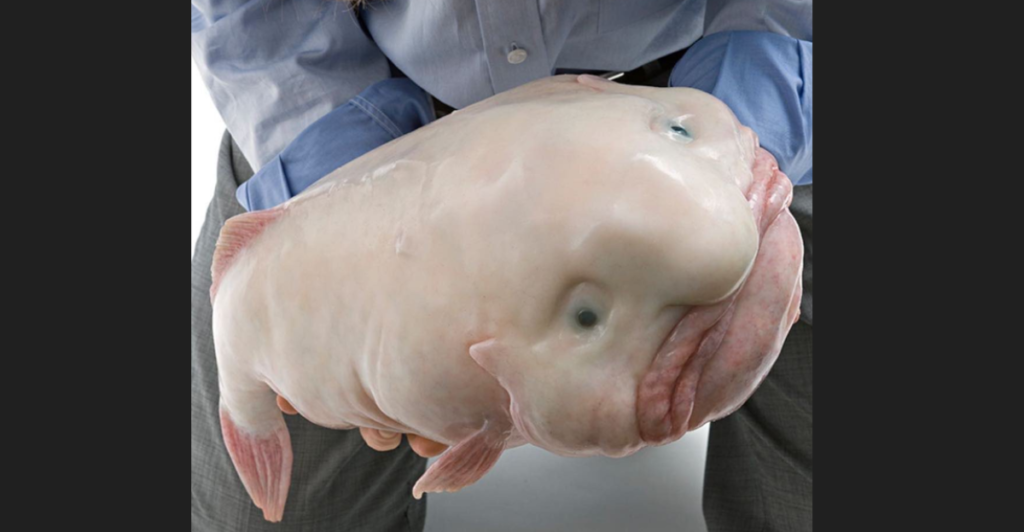
The International Union for Conservation of Nature (IUCN) has not officially assessed the conservation status of the blobfish, leaving it without a formal designation. However, accidental capture through deep-sea trawling poses a significant threat.
These unintentional catches can be fatal due to the rapid pressure changes when brought to the surface. While not directly targeted by fisheries, the blobfish’s vulnerability to bycatch raises concerns about its long-term survival.
Ecological Role: Maintaining Ocean Floor Balance

As bottom feeders, blobfish play an essential role in the deep-sea ecosystem by helping control populations of small invertebrates and contributing to the nutrient cycle on the ocean floor.
Their feeding habits aid in maintaining a balanced ecosystem, preventing the overpopulation of certain species and promoting biodiversity. Protecting blobfish is crucial for preserving the health and stability of their deep-sea habitat.
Misconceptions: Appearance Versus Reality
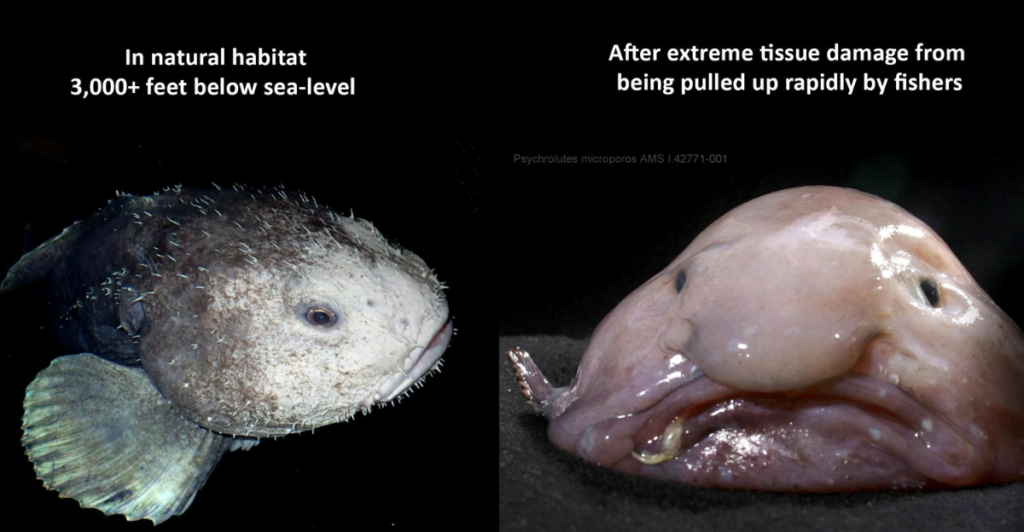
The blobfish’s unflattering appearance in photographs is primarily due to the effects of decompression when brought to the surface. In their natural deep-sea environment, they maintain a more typical fish-like shape.
The drastic change in pressure causes their gelatinous bodies to expand and deform, leading to the characteristic “blobby” look that has garnered public attention. Understanding this context helps dispel misconceptions and fosters a more accurate appreciation of the species.
Recent Recognition: From ‘Ugliest’ to Celebrated
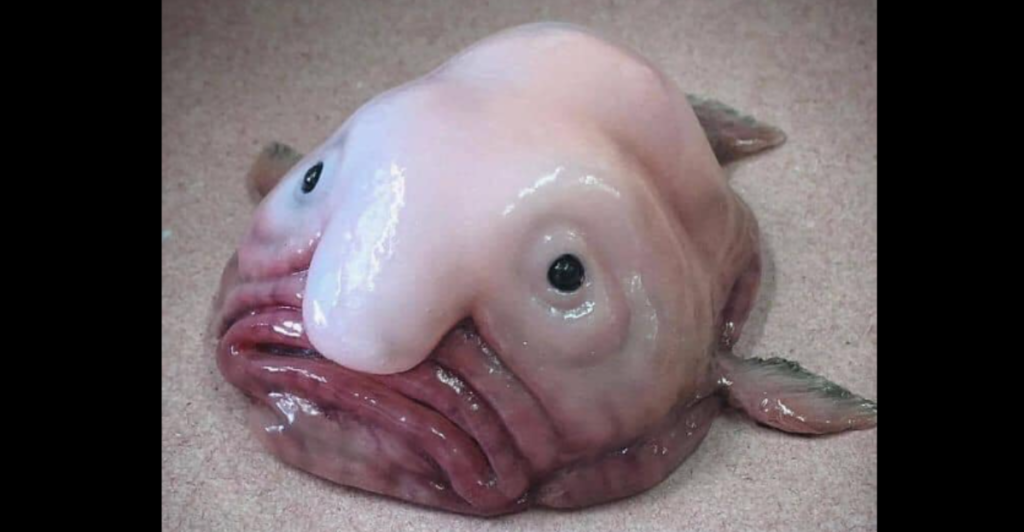
Surprisingly, the blobfish was named New Zealand’s Fish of the Year in 2025, receiving 1,286 votes and surpassing other contenders.
This recognition reflects a shift in public perception, highlighting the importance of all species, regardless of appearance, in maintaining ecological balance. The accolade raises awareness about the blobfish and the need for its conservation.
Embracing Biodiversity in All Forms
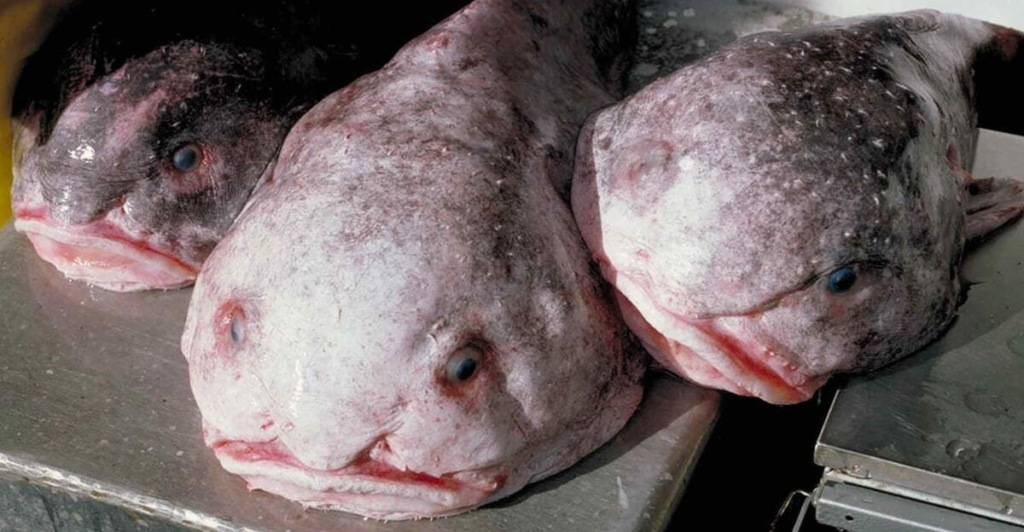
The blobfish’s journey from being labeled the world’s ugliest animal to receiving recognition as Fish of the Year underscores the evolving understanding of biodiversity’s value. Regardless of its aesthetic appeal, every species plays a vital role in the ecosystem.
By appreciating and protecting creatures like the blobfish, we contribute to the health and diversity of our planet’s marine environments.
Explore more of our trending stories and hit Follow to keep them coming to your feed!

Don’t miss out on more stories like this! Hit the Follow button at the top of this article to stay updated with the latest news. Share your thoughts in the comments—we’d love to hear from you!







